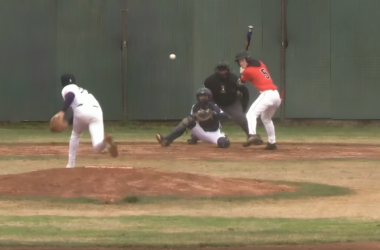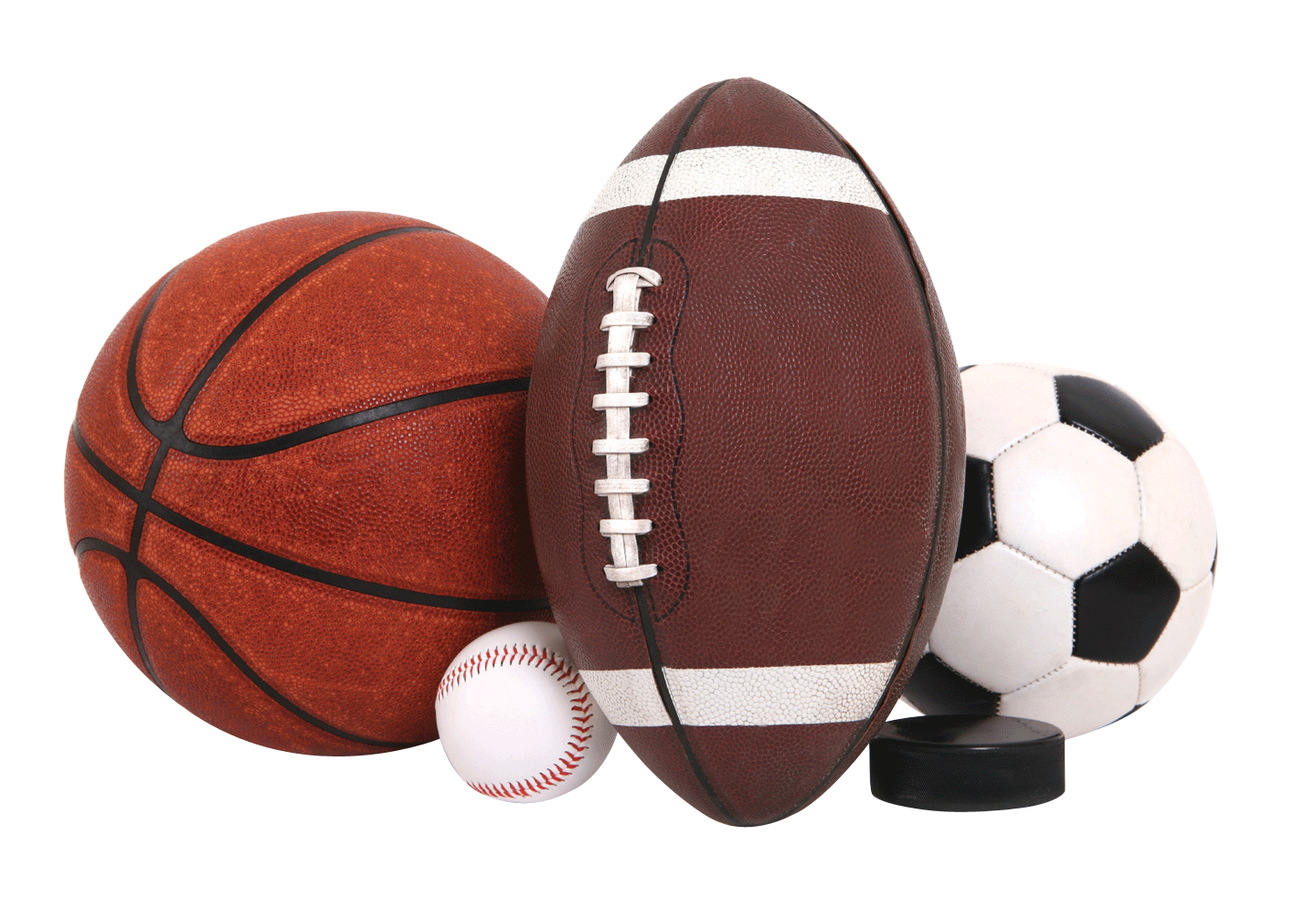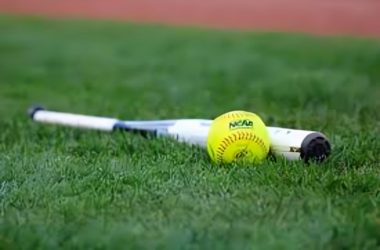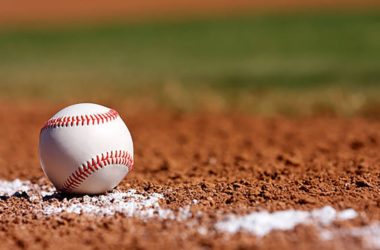In the midst of increasing COVID-19 positive counts and with user groups questioning the accessibility of the Soldotna Regional Sports Complex, the Soldotna City Council held discussions on building capacity, both for the entire complex and seating capacity, in a work session held on Tuesday, October 13th and in the general Soldotna City Council meeting on Tuesday evening.
City Mayor Pete Sprague, City Council members, City Manager Stephanie Queen and Soldotna Parks & Recreation Director Andrew Carmichael discussed the current seating and attendance protocols for the Soldotna Regional Sports Complex with details on total building capacity, actual seating capacity, seating and building capacity with 6-foot social distancing and many other aspects of building usage.
The current COVID-19 protocol limits the number of spectators to 80 and the number of players, coaches and personnel to 40 total.
Here are the highlights and discussions from the work session and general meeting.
Stephanie Queen explained formation of the 80 spectator limit currently in affect at the SRSC.
“Originally we had recommended limiting it to 40 attendees as spectators and a similar number in terms of on-ice users, skaters, kids, referees, coaches. We heard from the Council some comments about that number being too low. The Council received some additional communications from folks asking us to re-visit that and what Andrew (Carmichael) and I between then and now was essentially increase that number to essentially 80 spectators. So we were comfortable gong up to that level.”
Queen explained need for a comfort level based on risk status.
“In terms of operating that facility, it would be helpful to have a decision in terms of what’s our operating capacity during a situation where the district is in the red, which is the highest risk of community transmission. We know that the change can happen fairly quickly as we saw recently; so it would be good to have a decision about what our comfort level is in terms of allowing spectators in the building in a high risk red scenario as well as in the low risk green scenario. I think that if we can identify those two outcomes then we as a staff can communicate transitioning between those two ends of the spectrum. We can accommodate that and communicate that and discuss individual timing but having a sense for whether spectators and how many are allowed in a high risk scenario will be important; as well as, potentially today coming to some conclusion about the lower risk . green area. I think our default position would be to continue operating where we are right now with the 60-80. Definitely, we have a lot more information that we brought forward tonight and we hope to get, as Andrew said, some consensus from the Council on those two different items.”
Queen further addressed social distancing issues with the SRSC.
” Three hundred is how many you can fit if social distancing is our goal; so 310-350 maybe if people come as groups in families. That’s how many can fit if we are striving for social distancing in the bleachers. The other square-footages that are listed there; we can get to 500 if we count the lobby would be entirely full and social distanced, or the upper mezzanine was full or the back of the rink was full. But as I mentioned, what we haven’t yet accounted for is how many staff, players, coaches, volunteers are also in the building at the same time. We just want to be sure we are counting everyone when we are thinking about this. That’s why we shared some capacity numbers; but also, I think that’s not a complete picture of how many people we can fit just looking at capacity. It was pretty eye-opening for me once we actually started crunching numbers, I did it on paper with an as-built and asked Andrew to go ground-truth it which he did with a measuring tape. That’s how many people can fit if a six-foot spread is our goal.”
Soldotna City Council member Jordan Chilson addressed the need to tie use to risk levels.
” I really think it’s important that we tie whatever numeric we set tonight to specific risk levels, that way we can give the administration the ability to adjust this on the fly based on the current situation on the peninsula. I would be concerned about setting a static value and just going with that. Currently, what I’m leaning towards-I would prefer to keep the current cap at 80 in a red situation. I would love to see the increase in a green situation towards that 300, maybe 320 number; and perhaps doing what Paul (Whitney) was saying and re-evaluate on the 30-day basis. In the interim, I think it’s really important that we tie these levels to the particular colors we’re at, so I would lean towards 80 for red, 300 for green now, and maybe in 30 days we come back and we look at increasing that to 160 red, maybe 600 for the green accordingly. I also think it’s important that we follow the lead of all the other institutions that are requiring masks for safety in larger numbers.”
Chilson also asked on a need for a scale based on risk levels.
“If we look at that scale, do we need to consider to set capacity for the medium risk, yellow level, and while it’s great let’s go ahead and expand that-I think it was 311, the number that was presented in the memo as far as safe capacity in the bleachers and then progressing all the way down to red where maybe we go hard an we limit it back to 80 and then split the difference for the yellow risk and say 200. Really giving us the ability to adapt as the situation changes.”
Queen addressed mask usage and the responsibility of the user groups to abide by set guidelines.
“One of my thoughts on enforcement is that even if it was for spectators, one of the initial points of contact we would have is going back to the team or the organization. So if it was youth hockey, if it was KPHA, and they had agreed to use the facility under the requirement that spectators were required to wear masks; we would not have to sit down with every person, every parent in the stands. We might if we were not see that level of compliance have a conversation with the organization as a whole and implore them to come up with some solutions to encourage parents and visitors to comply with that.”
Andrew Carmichael, director of Soldotna Parks and Recreation talked on the enforcement of a mask policy for the SRSC, making user groups responsible for compliance.
“As far as to address it as a team at the association level, KPHA is looking at it if you want to see them play you are going to have to wear a mask while you are watching. So, there is movement at that level, organizational level, to say this is a requirement, this is your choice. I would appreciate your civil rights, I appreciate all the other aspects of it, but, none-the-less attending a hockey game is not one of those protected rights and as far as our organization is concerned it is required and you should do it. At ASAA level it is easy because you have a different perspective. I’m 5-years-old and I’m still half-scared of the school principal. With that authoritarian you have those mechanisms-what the principal says boom “this is my event and I need you to leave”. You are little bit weakened as far as the suggestion and the subliminal aspect with a non-profit organization like KPHA or the Alaska Hockey Club in terms of that. But non-the-less, they’ll have representatives there that can address those things and ask people “this is our building, we are a tenant of their building, be it hourly, be it three-hourly, be it a day–we are a tenant and therefore it is our rules that apply and we have the authority to exercise our requirements and/or exercise pressure to have compliance with the city ordinance or the city directive. In other words, the city has told us that our spectators have to have masks; we are going to enforce that because that is also our policy.”






